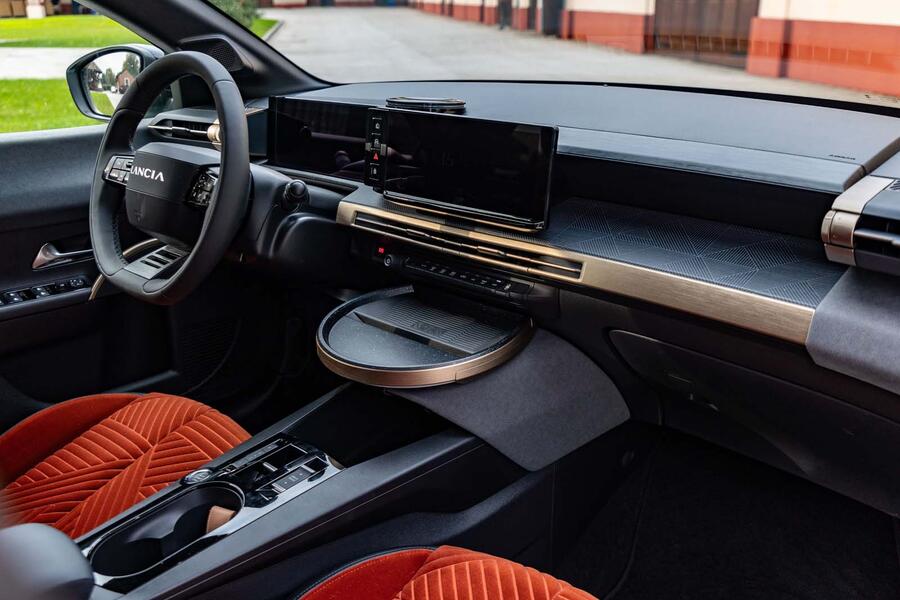What really sets everyday cars apart, prices aside, is design. The reason one person falls in love with the Jeep Avenger may well be why another orders an Alfa Romeo Junior instead, despite their identical specs.
Lancia has always been a design brand and, in this coming era of increasing mechanical and technical similarity, going all in on that appears to be an ideal strategy.
“Many people came expressly to ask me to work for Lancia. There was passion in their eyes, and when I told them about the possible plans for the rebirth of this glorious brand, they lit up,” creative chief Jean-Pierre Ploué (designer of such favourites as the Mk1 Renault Twingo, Citroën C6 and DS 3) recently told Italian publication Auto & Design.

Of the four design pillars his Turin studio team defined, ‘meaningful’ perhaps isn’t the easiest to identify in the Ypsilon, but ‘iconic’ I can see in the Stratos-inspired tail-lights and, while ‘consistent’ and ‘eclectic’ might seem to clash, the exterior sparks interest in its many details – most unusually the, erm, Y-front – without becoming a hotchpotch.
Same inside, where unusual details abound: knurled gold air-vent adjusters, slices of wood, an art deco dashboard pattern and a table atop the centre console – whose round shape is replicated in the doors and ‘Sala Hub’ behind the touchscreen (short for Sound Air Light Augmentation and meant to simplify the digital experience, apparently). And then there are the rust-coloured, boiserie-patterned velvet seats – simply fabulous.
